Aging Population Demographics
The aging population in Germany is a primary driver for the medical alert-systems market. As the proportion of elderly individuals increases, the demand for safety and health monitoring solutions rises correspondingly. By 2030, it is projected that over 25% of the German population will be aged 65 and older. This demographic shift necessitates the adoption of medical alert systems to ensure timely assistance in emergencies. Furthermore, the increasing prevalence of chronic conditions among older adults further fuels the need for these systems. The medical alert-systems market is likely to see substantial growth as families seek reliable solutions to enhance the safety and independence of their elderly relatives.
Government Initiatives and Funding
Government initiatives aimed at improving healthcare access and safety for the elderly significantly impact the medical alert-systems market. In Germany, various programs provide financial support for the adoption of health technologies, including medical alert systems. For instance, the German government has allocated substantial funds to promote digital health solutions, which includes subsidies for medical alert devices. This financial backing encourages both consumers and healthcare providers to invest in these systems, thereby expanding the market. The medical alert-systems market is expected to benefit from ongoing government efforts to enhance the quality of life for seniors, making these systems more accessible and affordable.
Rising Awareness of Health and Safety
There is a growing awareness among the German population regarding health and safety, which serves as a catalyst for the medical alert-systems market. As individuals become more informed about the benefits of early intervention in medical emergencies, the demand for alert systems increases. Educational campaigns and community programs have highlighted the importance of having a reliable means of communication in case of health crises. This heightened awareness is likely to drive sales, as families prioritize the safety of their loved ones. The medical alert-systems market is poised for growth as more consumers recognize the value of these systems in ensuring prompt medical assistance.
Increased Focus on Preventive Healthcare
The shift towards preventive healthcare in Germany is influencing the medical alert-systems market. As healthcare providers emphasize the importance of early detection and intervention, the role of medical alert systems becomes increasingly vital. These systems enable users to monitor their health conditions proactively and seek assistance before emergencies arise. The growing trend of preventive care is likely to drive demand for medical alert devices, as individuals seek to take control of their health. Consequently, the medical alert-systems market may experience significant growth as more consumers recognize the benefits of integrating these systems into their healthcare routines.
Technological Integration and Innovation
The integration of advanced technologies into medical alert systems is transforming the market landscape in Germany. Innovations such as GPS tracking, fall detection, and mobile applications enhance the functionality of these devices, making them more appealing to consumers. As technology continues to evolve, manufacturers are likely to introduce more sophisticated features that cater to the needs of users. This trend towards innovation not only improves user experience but also expands the potential customer base. The medical alert-systems market is expected to thrive as companies invest in research and development to create cutting-edge solutions that meet the demands of a tech-savvy population.


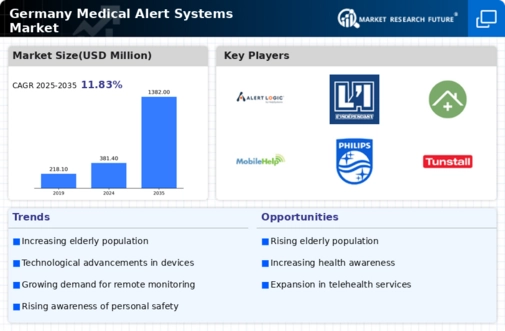
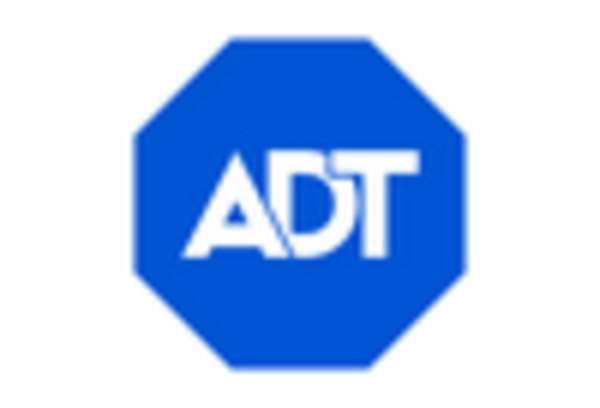
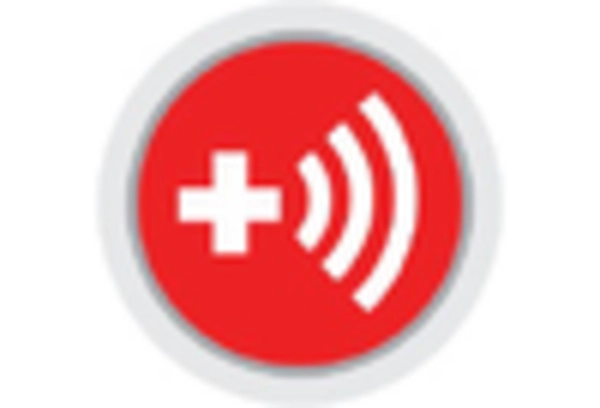
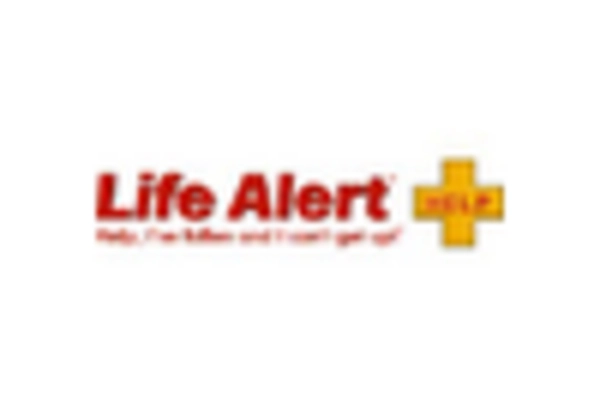
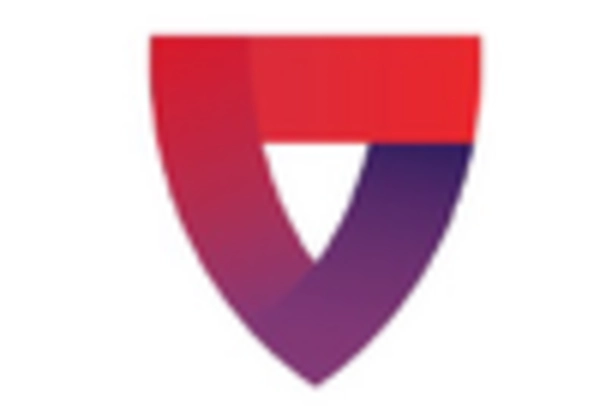
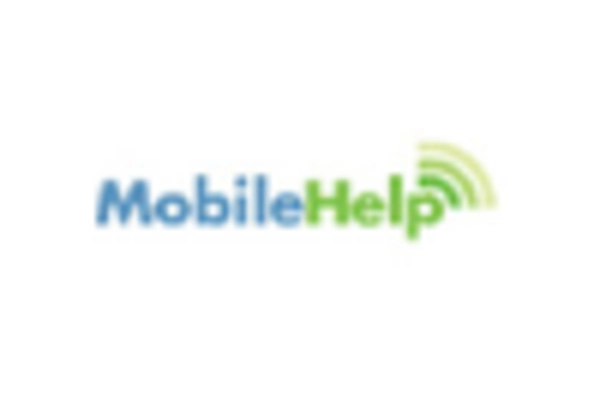
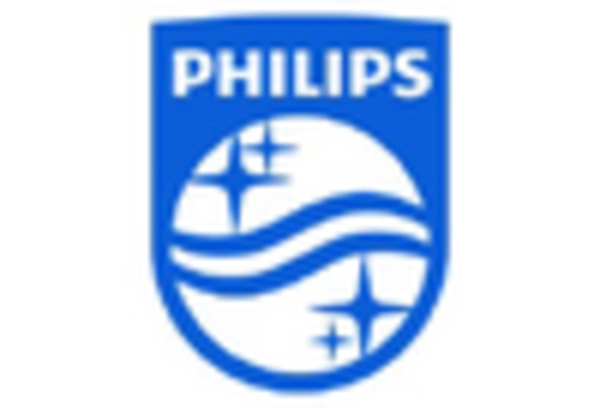








Leave a Comment